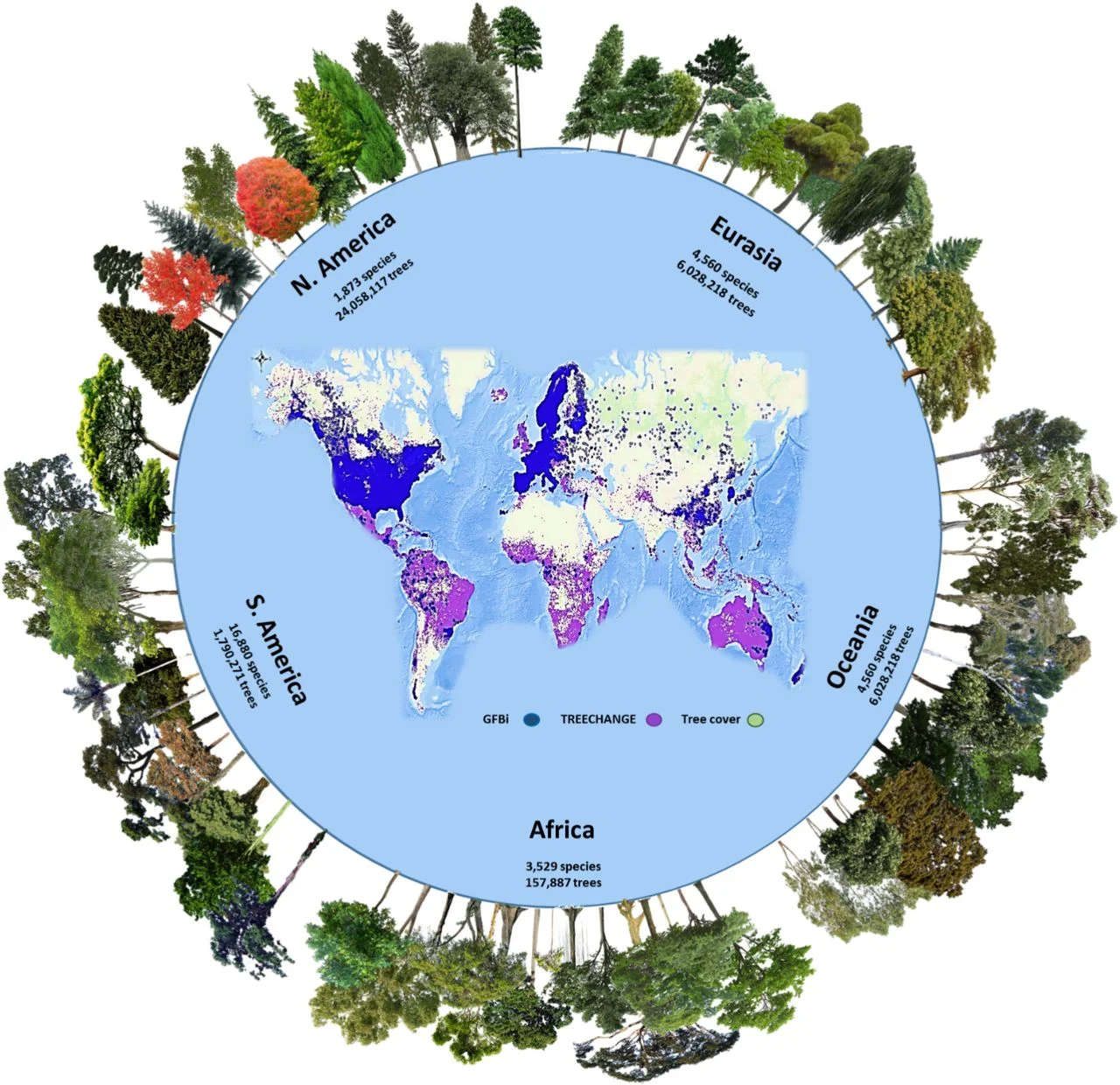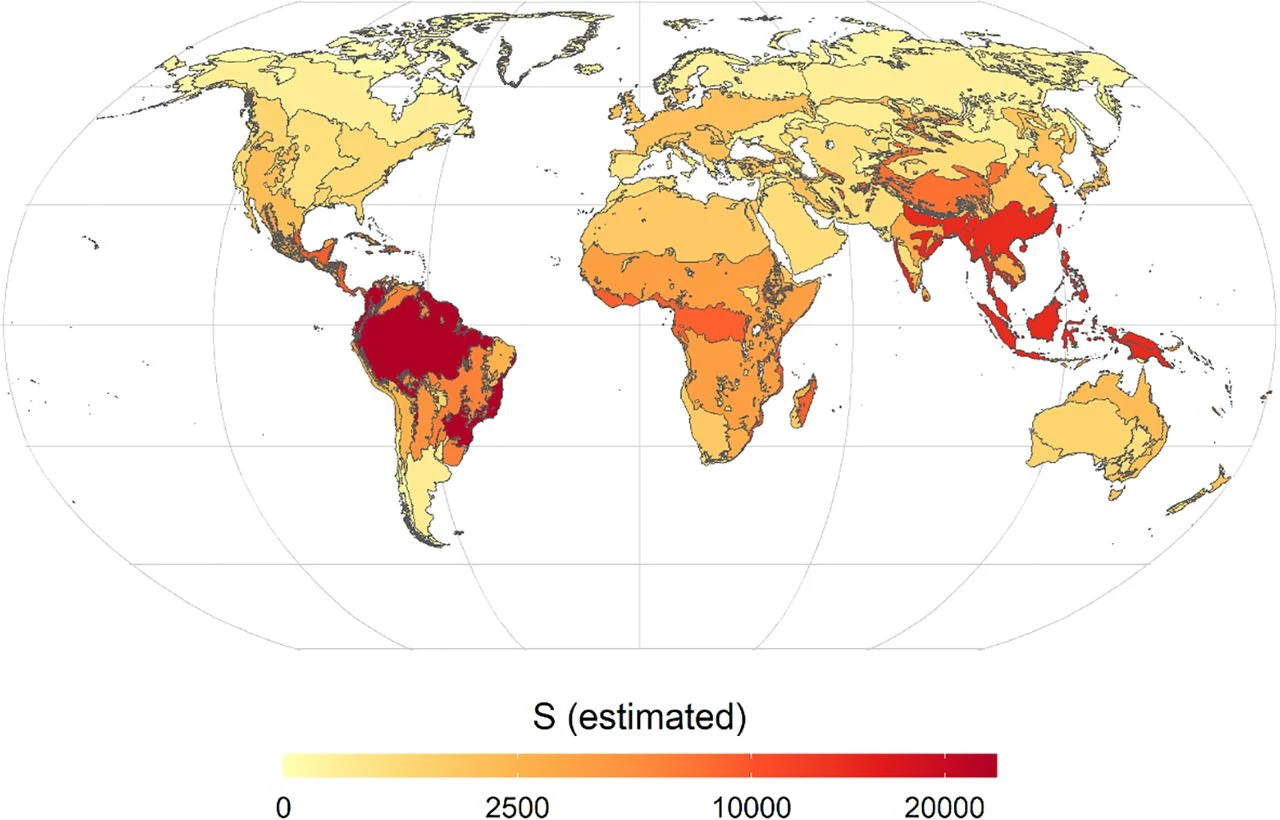According to the FAO, forests cover about 4 million square kilometers (or 15.1 sq mi), about 30 planets of the Earth’s land surface.
Europe accounts for one-fourth of the whole forest area, accompanied by South America and North America among world regions. South America is the continent with the highest forest cover percentage, while Asia is the continent with the lowest rate of forest cover.
Forests at various latitudes and elevations form different biomes: boreal, temperate, tropical forests. VividMaps.com published a world atlas of different forest biomes.
Map of Needleleaf forests
Needleleaf forests grow mostly in territories that have long, harsh winters. These forests spread over Canada and northern Europe.
Scarce needle-leaf forests grow in some warmer territories. For example, the Southeastern U.S. states have extensive groves of pines, such as Pinus taeda and Pinus palustris.
Evergreen broadleaf forests
Evergreen broad-leaved forests grow in the subtropical, tropical, and equatorial territories of our planet.
Deciduous broadleaf forests
Deciduous broadleaf forests are a type of temperate forest ‘dominated’ by trees that lose their leaves each year. They are growing in regions with mild, humid summers and cold winters.
Mixed forests
Mixed forests are a vegetational transition within needle leaf forests and broadleaf deciduous forests.
The number of tree species in the world
According to Roberto Cazzolla Gatti, based on global ground-sourced data, about 73 thousand tree species worldwide, among which 9 thousand tree species are yet to be discovered. Approximately 40 percent of undiscovered tree species are in South America.
South America accounts for the highest total number of rare species (8,200 species), followed by Eurasia (6,100) and Africa (3,900).
Moreover, almost 1/3 of all tree species to be discovered may be rare, with low populations and limited spatial distribution mainly in remote mountains and tropical lowlands.
The map below shows the number of tree species per continent according to the Global Forest Biodiversity Initiative database based on records of about 38 million trees for 28,192 species.
These findings emphasize the vulnerability of global forest biodiversity to anthropogenic transformations in land use and climate, which especially endanger rare species and, thus, global tree richness.







This post may contain affiliate links. As an Amazon Associate, I earn from qualifying purchases.
Comments
Post a Comment